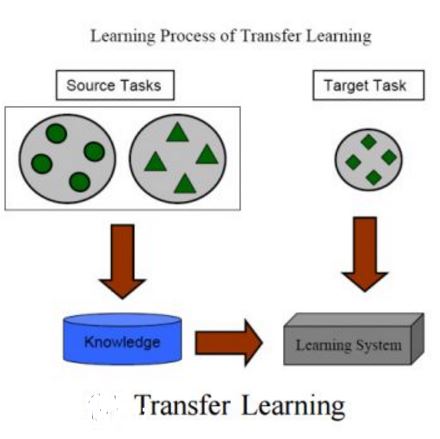Deep perceptual loss is a type of loss function in computer vision that aims to mimic human perception by using the deep features extracted from neural networks. In recent years the method has been applied to great effect on a host of interesting computer vision tasks, especially for tasks with image or image-like outputs. Many applications of the method use pretrained networks, often convolutional networks, for loss calculation. Despite the increased interest and broader use, more effort is needed toward exploring which networks to use for calculating deep perceptual loss and from which layers to extract the features. This work aims to rectify this by systematically evaluating a host of commonly used and readily available, pretrained networks for a number of different feature extraction points on four existing use cases of deep perceptual loss. The four use cases are implementations of previous works where the selected networks and extraction points are evaluated instead of the networks and extraction points used in the original work. The experimental tasks are dimensionality reduction, image segmentation, super-resolution, and perceptual similarity. The performance on these four tasks, attributes of the networks, and extraction points are then used as a basis for an in-depth analysis. This analysis uncovers essential information regarding which architectures provide superior performance for deep perceptual loss and how to choose an appropriate extraction point for a particular task and dataset. Furthermore, the work discusses the implications of the results for deep perceptual loss and the broader field of transfer learning. The results break commonly held assumptions in transfer learning, which imply that deep perceptual loss deviates from most transfer learning settings or that these assumptions need a thorough re-evaluation.
翻译:深度感知损失是计算机视觉中的一种损失功能,目的是通过利用从神经网络中提取的深层特征来模仿人类感知。近年来,该方法被用于对一系列有趣的计算机视觉任务产生巨大影响,特别是图像或图像类产出的任务。该方法的许多应用是使用预先训练的网络,通常是革命性网络,以计算损失。尽管兴趣增加和广泛使用,但还需要更加努力探索哪些网络用于计算深层感知损失,并从哪些层中提取特征。这项工作的目的是通过系统评价一个常用和随时可用的、预先训练的网络来纠正这一点。近年来,该方法被用于对目前4个深层感知损失案例的不同特征提取点进行大量影响。这4个应用是以前对选定网络和提取点进行评估,而不是对原始工作中使用的网络和提取点进行评估。实验性任务是维度减少、图像分解、超清晰度和感知性相似性。这4项任务的业绩、网络特征和提取点的绩效评估,然后用来作为深度评估现有4个深度感知性损失案例的若干不同特征提取点。这一分析是用于深层次的深度理解性损失的深度分析的深度理解和深层次理解性分析。该结果的深度理解性结果如何分析,用来为深层次理解性损失分析,为深层次理解性结果的深度理解和深层次分析。 分析,为深层次分析,为结果的深度理解性结果的学习结果分析,为深层次分析,为结果分析,为结果的深度理解性结果的精确性分析,为结果的深度理解性分析,为结果的精确性结果的正确性分析为结果的深度分析,为结果的深度分析,为深度分析,为深度分析,为深度分析,为深度分析,为深度分析,为深度分析,为深度分析,为深度分析,为深度分析,为结果的深度损失的深度分析,为深路路路路路路路路程的深度分析,为深路程的深度分析。 分析,分析,为深路程分析为深测测程分析,为深路程分析,为深路程分析,为深路程分析为深路程分析为深路程分析,为分析为分析为分析,分析,分析,为深路路程分析为深路程结果的深度分析为深路程分析,分析为结果的深度分析,分析,分析为



